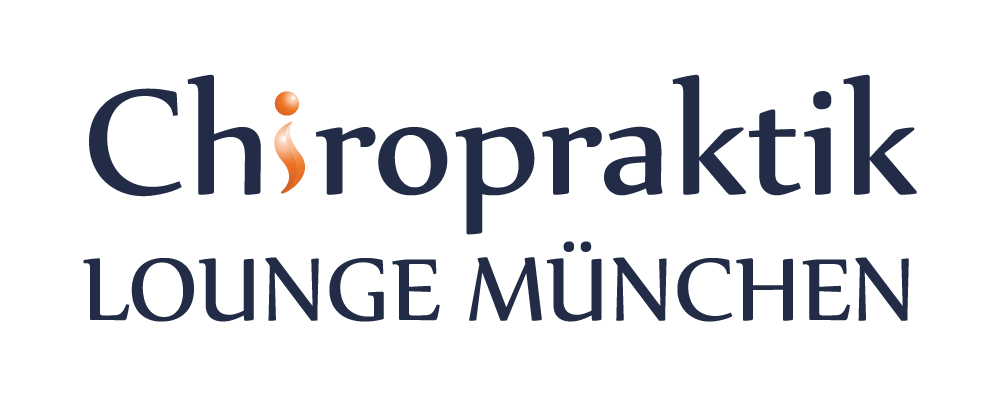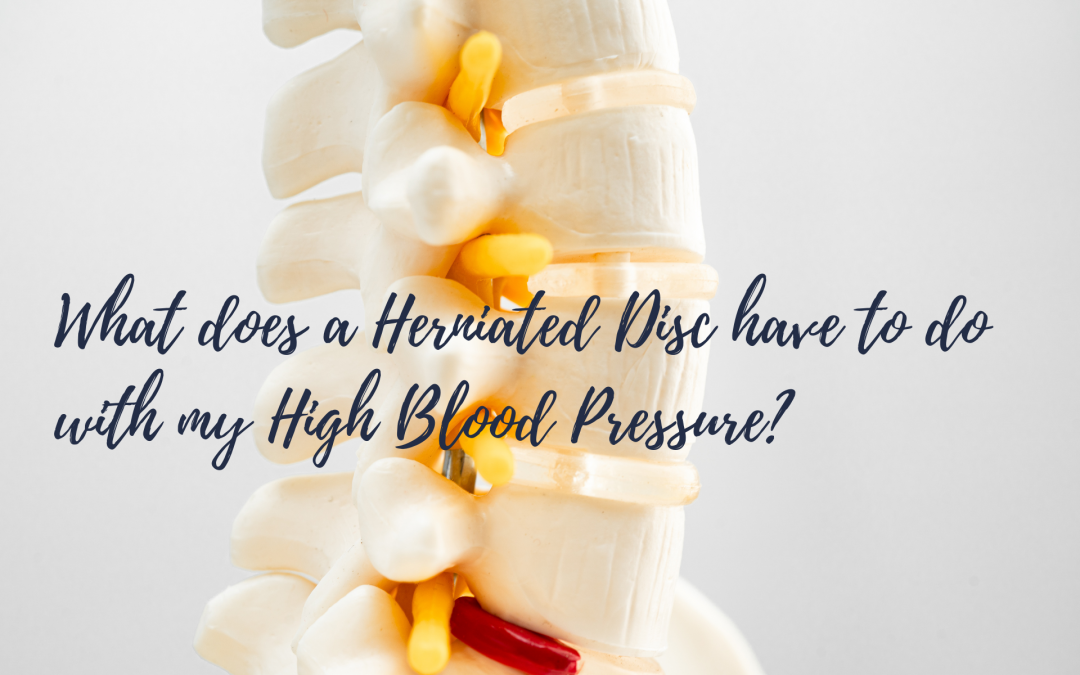What does a Herniated Disc have to do with my High Blood Pressure?
When we think of back problems, the first images that come to mind are often painful muscle tension, lumbago, or a herniated disc. Few people suspect that the causes and consequences go far beyond orthopedic issues. In fact, in chiropractic practice, we repeatedly observe a striking phenomenon: many executives and high-performing individuals show a distinct “manager’s hump” that not only leads to back pain but can also result in symptoms such as high blood pressure or cardiac arrhythmias.
The “Manager’s Hump” – More Than Just Poor Posture
This pattern particularly affects people who work long hours and carry significant responsibility. They tend to blend work and personal life and are in a constant state of tension and stress. The result is a typical muscular armor in the back that, over time, develops into a pronounced postural deformity. This chronic overexertion affects not only the musculature but also puts strain on internal organs.
Breathing Issues, Arrhythmias, and Tension
It’s not uncommon for these patients to report breathing difficulties or feel that they can only breathe shallowly. The neck muscles are overstrained due to the constant forward head posture, and the thoracic spine becomes blocked. The small spinal muscles stop functioning properly and no longer provide sufficient sensorimotor input to the central nervous system. The brain interprets this posture and ongoing muscle tension as an additional stressor – and the body responds by releasing stress hormones like cortisol and adrenaline.
Deep Stress Reaction – A Vicious Cycle
Stress activates our flexor muscles – an evolutionarily useful response when we need to fight or flee – but harmful when the body remains in this mode long-term. The back muscles must constantly resist this, reinforcing the muscular armor and leading to further overload. At the same time, these internal and external stress signals continue to stimulate the autonomic nervous system. The result: even more cortisol and adrenaline, which not only tense the muscles but also raise heart rate and blood pressure.
A Holistic Perspective
Thus, an apparently orthopedic issue like the “manager’s hump” or a herniated disc can lead to far-reaching problems via muscle and nerve pathways. From the perspective of chiropractic and holistic medicine, it becomes clear why people with chronic back pain often also suffer from high blood pressure, arrhythmias, breathing issues, or even burnout and depression.
How Does Chiropractic Help?
Chiropractic care aims to treat the root causes of these complaints. Through targeted adjustments, mobility is restored to specific spinal segments. This helps the brain relearn how to relax the large back muscles – allowing the muscular armor to release without directly treating the muscle tissue.
Step 1 in a chiropractic treatment plan is to gradually release this muscular armor through repeated adjustments.
Step 2 goes deeper: here, the goal is to reach the disc and capsule-ligament level of the spine – the deep areas where stress and tension have accumulated over years or even decades. Chiropractic adjustments clear blockages in the spinal canal, improve the balance between the sympathetic and parasympathetic nervous systems, enhance breathing, restore upright posture, and enable the entire organism to return to a state of expansion and vitality.
Conclusion
A herniated disc is often just the tip of the iceberg. Behind it lies a complex interplay of chronic stress, muscular tension, poor posture, and nervous system overload. Chiropractic care addresses exactly where many conventional therapies stop: deep in the nervous system, in spinal mobility, and in the regulation of internal systems. Those who understand the connection between posture, breathing, back pain, and stress symptoms gain a crucial advantage: they can address the root causes rather than just treating the symptoms.
Patient Checklist
Do one or more of the following apply to you? Then a chiropractic assessment may be worthwhile:
✅ You work long hours sitting or under high mental strain.
✅ Your posture often leans forward, with rounded shoulders or a visible “hump.”
✅ You wake up with tension or back pain in the morning.
✅ You suffer from shallow breathing, a feeling of tightness in your chest, or frequent sighing.
✅ You experience recurring issues such as:
– Heart rhythm disturbances
– High blood pressure
– Jaw problems or teeth grinding
– Sleep disturbances or exhaustion despite rest
✅ Your exercise routine does not relieve your back pain, or even worsens it.
✅ You often feel “driven,” nervous, or internally tense – even without a clear reason.
👉 If you are currently suffering from pain and are looking for a sustainable solution, make an appointment on our website.
We wish you a vital and healthy life and would be delighted if our tips are useful to you. If you would like to know more about vitalistic chiropractic, please write to us.
The Chirolounge team Munich


Recent Comments